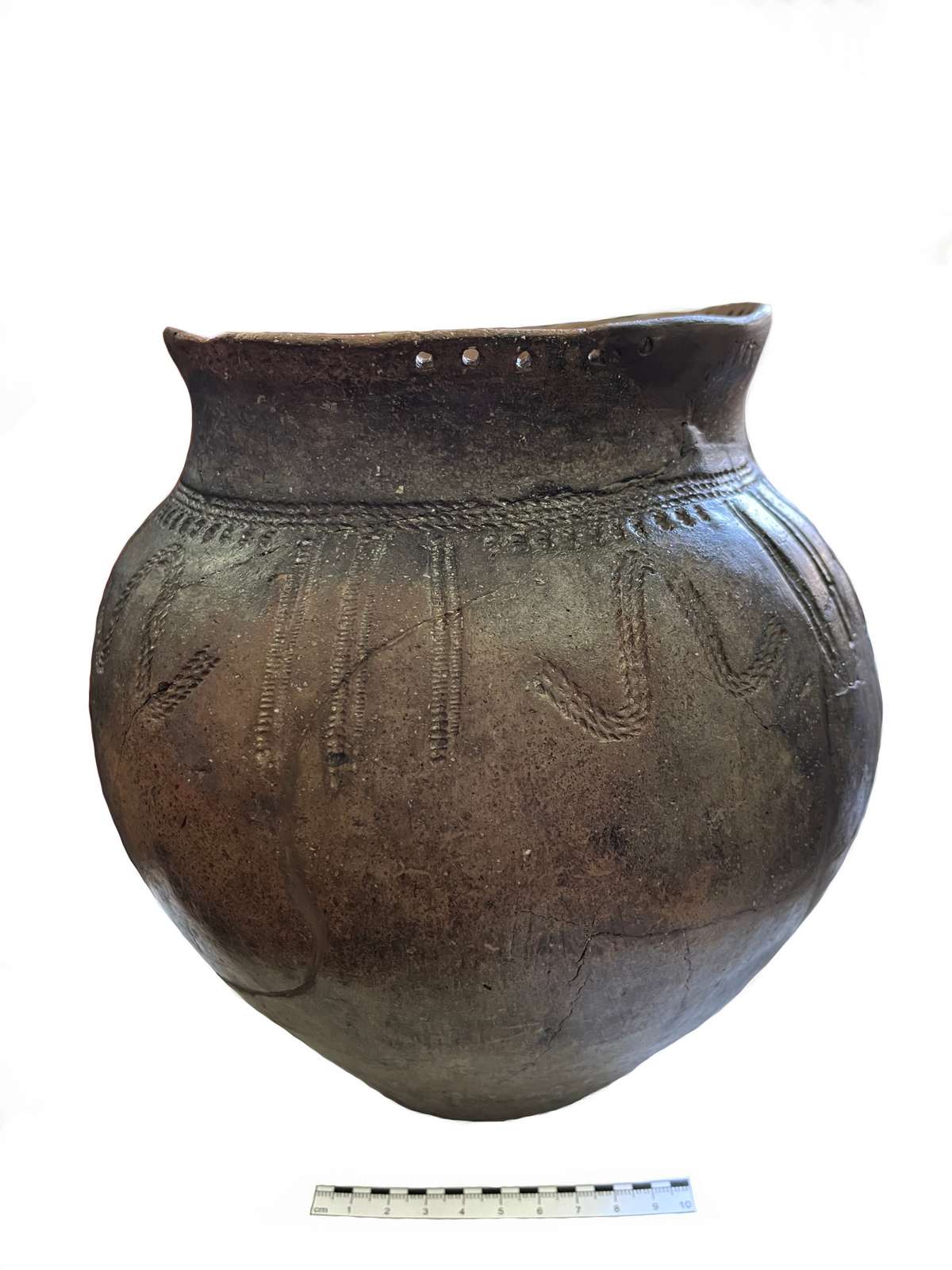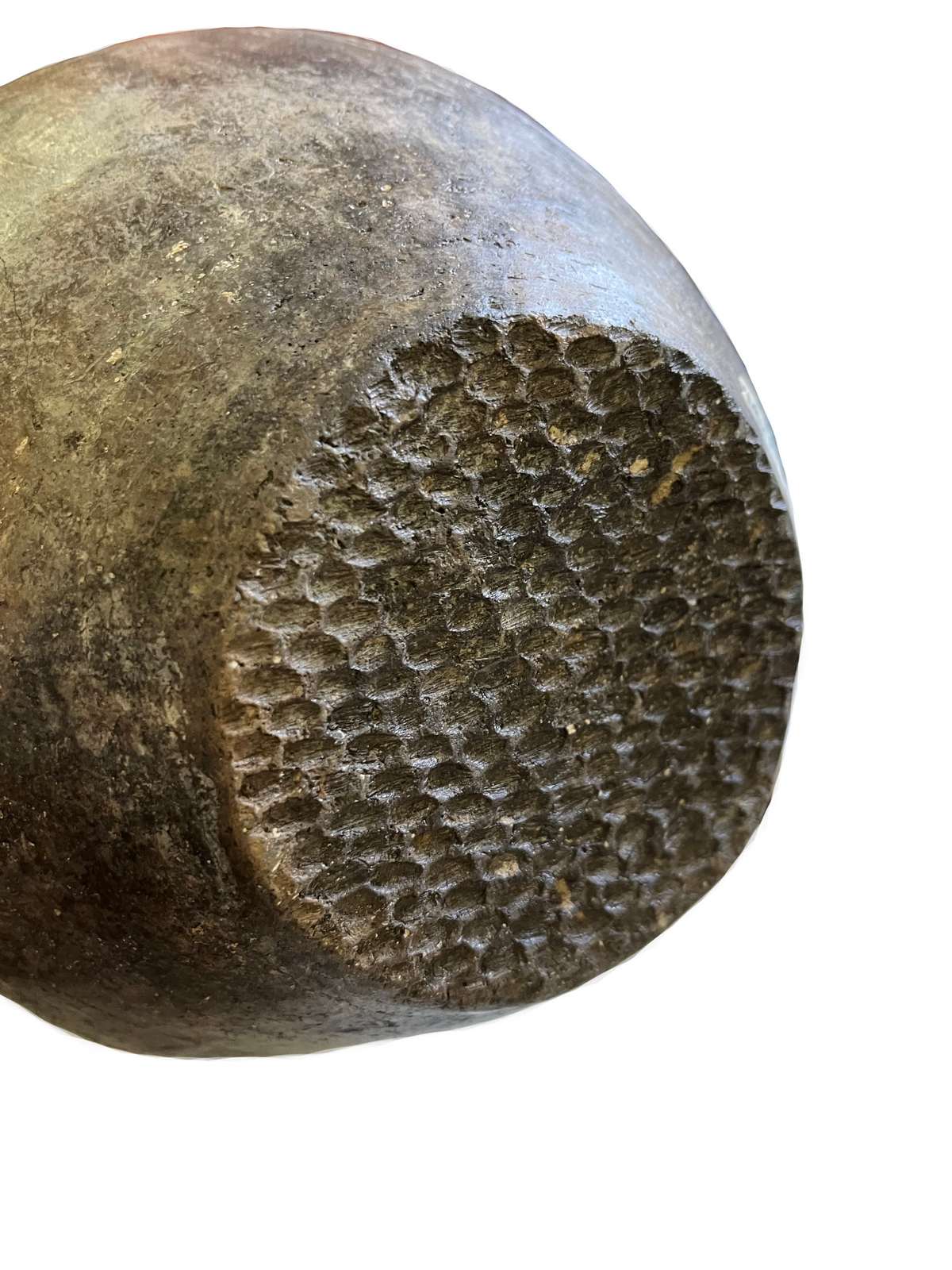On the Independence Day of the Republic of Moldova, 27 August 2013 the National Museum of History of Moldova opened the exhibition „Archaeology in the Republic of Moldova for 22 Years".
By means of the most valuable exhibits presented in the showcases we tried to show that in over two decades of independence the archaeology of the Republic of Moldova has experienced a new and significant development.
Systematic archaeological investigations and rescue researches brought to light hundreds of new, previously unknown sites. In a few dozen of them, belonging to the times from the Paleolithic period to the Late Middle Ages and Early Modern Epoch, excavations were conducted. Materials discovered in the process of research have revealed in the Prut-Dniester region several new archaeological cultures such as the Neolithic Cris culture, Free Dacians' culture, etc.
The most important materials resulting from the research undertaken in these years by teams of archaeologists (Institute of Cultural Heritage of ASM, National Museum of History of Moldova, State University of Moldova, „Ion Creanga" State Pedagogical University, National Archaeological Agency under the Ministry of Culture of the Republic of Moldova) were presented in the basic exhibition of the museum, others have been exhibited in numerous temporary exhibitions.
Along with national exhibitions, archaeological materials found on sites of the Republic of Moldova have been included in international exhibitions organized in scientific centers and museums of Romania, USA, Germany, UK, Italy, Greece and so on, being highly appreciated by the scientific community and the people of culture.
In this period there were drafted new legislation and regulations related to the research and protection of the archaeological heritage. New, previously unused directions of research have appeared: church archeology and urban archeology.
The importance of the archaeological remains discovered in these years in the Republic of Moldova is evidenced by many international projects for the elucidation of multiple aspects of the evolution and development of human communities in ancient and prehistoric period, with the participation of renowned experts from research institutions of Europe and the U.S. The results of these multidisciplinary researches were admitted into the domain of science and culture through publishing an impressive number of academic papers, encyclopedias, monographs, studies and articles in the country and abroad. Some of them were honored with major national and international awards.
 31 August 1989 St., 121 A, MD 2012, Chisinau, Republic of Moldova
31 August 1989 St., 121 A, MD 2012, Chisinau, Republic of Moldova




















































